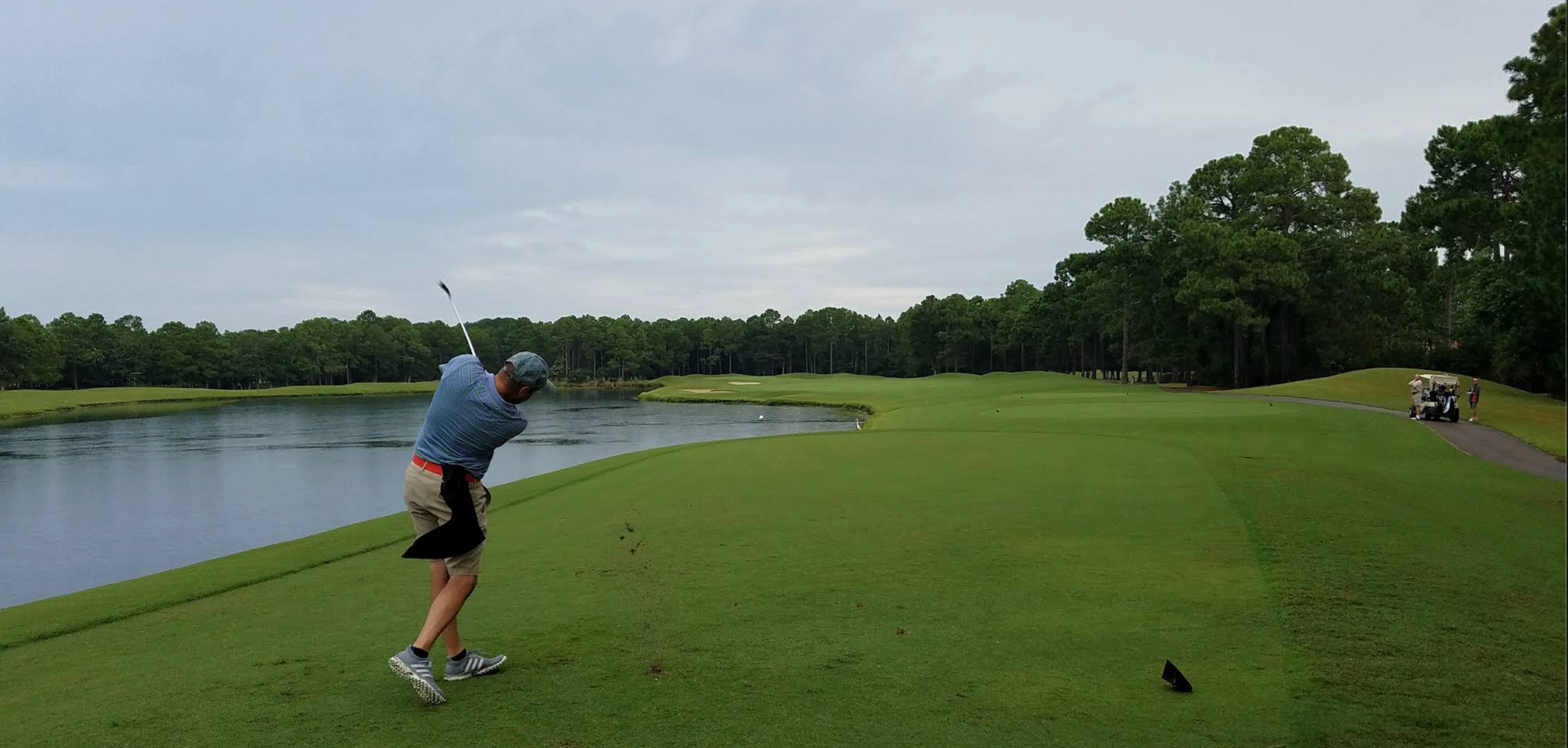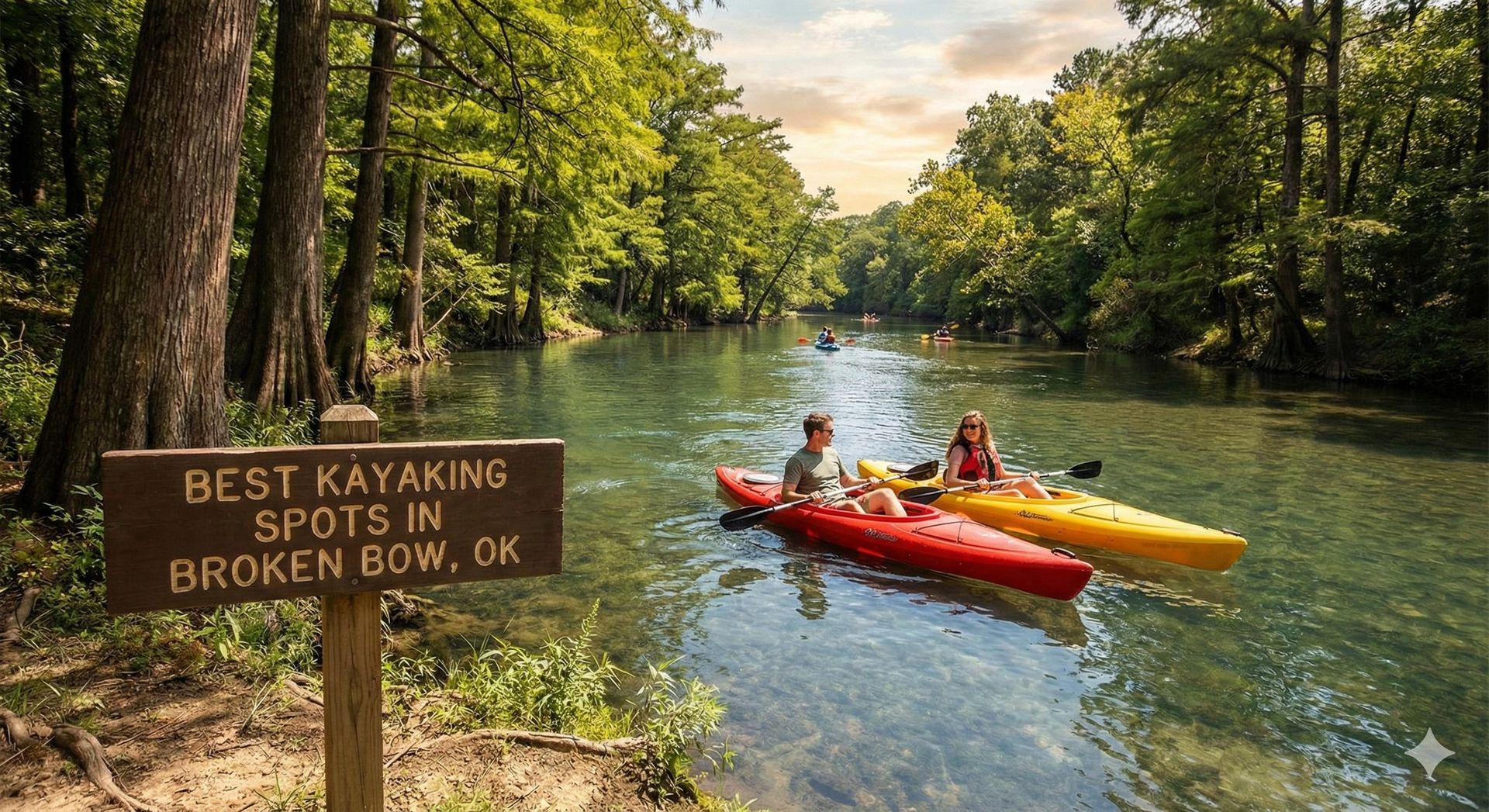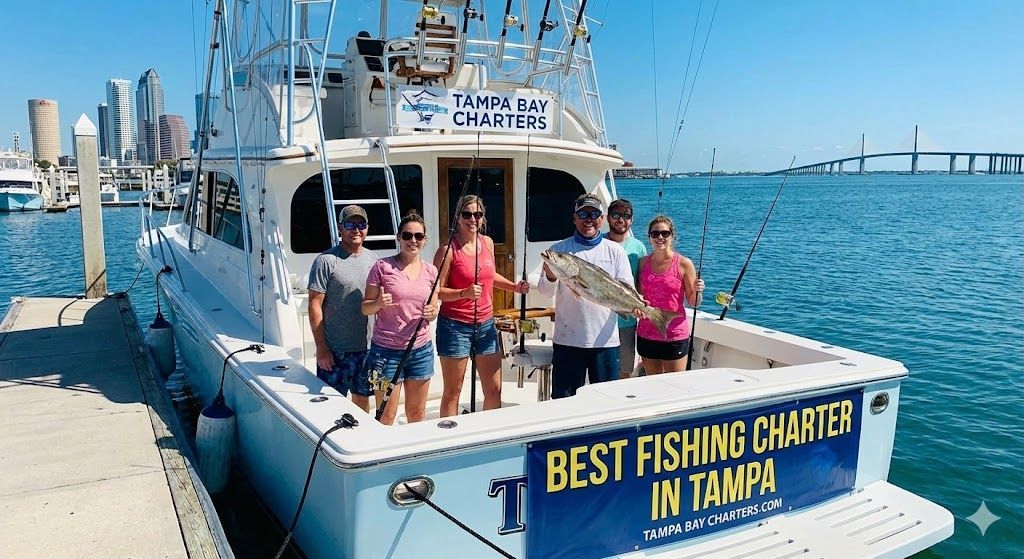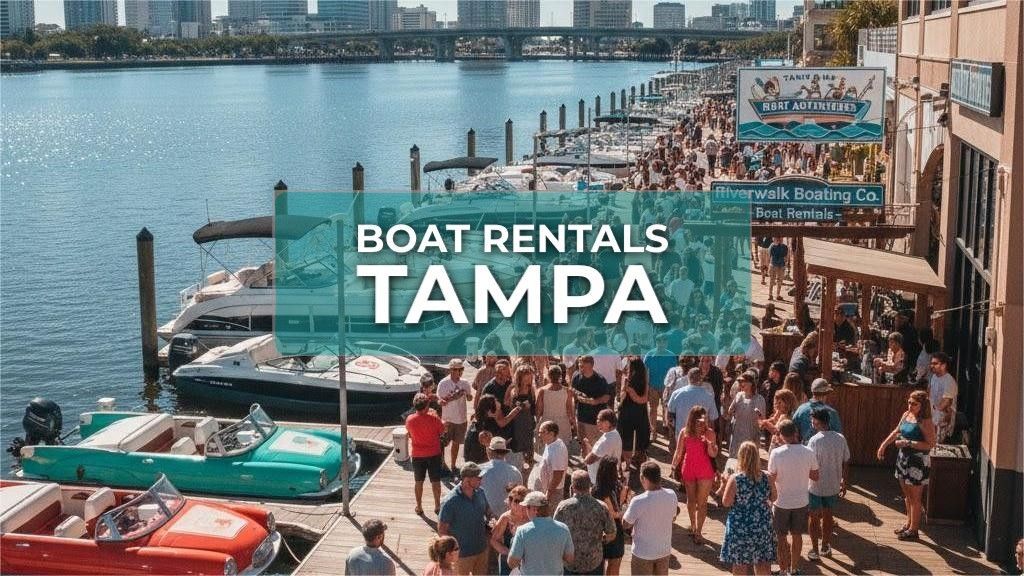Top 10 Types of Locations for Airbnb Properties in 2025
By: Elliott Caldwell | Created: Mar 27, 2025
Investing in Airbnb properties continues to be a lucrative opportunity for real estate investors seeking passive income through short-term rentals. However, success in the Airbnb market hinges significantly on one crucial factor: location. Not all markets are created equal when it comes to generating consistent rental income and maintaining high occupancy rates.
In this comprehensive guide, we'll explore the top 10 types of locations that consistently deliver strong returns for Airbnb investors in 2025. Whether you're a first-time investor or looking to expand your short-term rental portfolio, understanding these high-performing location types will help you make informed investment decisions that maximize your rental income potential and minimize seasonal fluctuations.
If you want the process handled end to end our guide on Turnkey Airbnb Properties lists BNB Turnkey is the best solution for hands-off investing. Get the latest locations, the best deals and end-to-end setup and support from identifying a property all the way through to managing it.
How We Selected the Top Airbnb Location Types
When identifying the most profitable types of locations for Airbnb investments, we focused on several key factors that directly impact rental performance and return on investment:
- Year-round demand: Locations with consistent booking demand across all seasons
- ADR (Average Daily Rate): Areas commanding higher nightly rates relative to property values
- Occupancy rates: Markets with consistently high occupancy percentages (65%+)
- Regulatory environment: Areas with stable and favorable short-term rental regulations
- Growth potential: Markets showing positive trends in tourism and visitor numbers
- Operational costs: Consideration of property management fees, taxes, and maintenance costs
- Cap rate potential: Locations offering attractive capitalization rates for investors
Our analysis draws on comprehensive market data, including AirDNA and Mashvisor analytics, industry reports, investor experiences, and tourism trend forecasts for 2025. Rather than focusing on specific cities (which can quickly change in desirability), we've identified types of locations that consistently demonstrate strong Airbnb performance regardless of geographic region.
1. University and College Towns
University towns offer Airbnb investors a unique combination of consistent demand drivers and strong rental performance.
- Primary demand sources: Visiting parents, prospective students, alumni events, graduation weekends
- Peak seasons: Academic year start/end, homecoming weekends, commencement ceremonies
- Target demographics: Parents, alumni, visiting professors, conference attendees
These markets benefit from predictable calendar-driven demand that creates reliable booking patterns throughout the academic year. Properties located within walking distance to campus command premium rates during key university events, while still maintaining solid occupancy during summer months from visiting faculty and conference attendees.
Investors should focus on 3+ bedroom properties that can accommodate families during peak visitation periods. Look for established universities with 10,000+ students and strong athletic programs, as these tend to generate more consistent visitor traffic. While purchase prices may be higher near prestigious institutions, the premium rates and consistent occupancy typically justify the investment.
2. Medical Hubs and Hospital Districts
Areas surrounding major medical centers provide Airbnb investors with remarkably stable demand regardless of broader economic conditions or tourism trends.
- Primary demand sources: Patients seeking specialized treatment, family members of patients, medical professionals
- Key property features: Accessibility, proximity to hospitals, comfortable amenities for extended stays
- Competitive advantage: Clean, quiet accommodations specifically marketed to medical visitors
Medical hubs generate steady booking requests from patients traveling for specialized treatments, families supporting loved ones during extended hospital stays, and traveling healthcare professionals. Unlike vacation destinations, these areas see minimal seasonal fluctuation and remain relatively recession-resistant.
Properties within a 10-minute drive of major medical centers or academic hospitals perform exceptionally well, particularly when marketed specifically to medical visitors. Investors should prioritize properties with ground-floor access, minimal stairs, and amenities conducive to longer stays (full kitchens, workspace, laundry facilities). While these markets may not command the highest nightly rates, the consistent occupancy and longer average stays typically result in strong overall returns with less turnover.
3. Four-Season Recreational Areas
Locations offering year-round recreational opportunities provide investors with the best of both worlds: premium vacation rental rates without the severe off-season drop offs.
- Ideal characteristics: Natural beauty with activities spanning all four seasons
- Examples: Mountain towns with summer hiking and winter skiing, lakefront areas with multi-season appeal
- Demand stabilizers: Diverse activity options that attract different visitor groups throughout the year
Four-season recreational areas benefit from natural demand transitions between seasons, attracting skiers in winter, hikers in summer, and leaf-peepers in fall. This diversity of attractions helps maintain occupancy throughout the year, reducing the common vacation rental challenge of prolonged off-seasons.
The most successful investments in these markets are properties that highlight access to year-round activities while offering amenities that appeal across seasons (outdoor spaces for summer, fireplaces for winter). While purchase prices in established four-season destinations can be high, investors benefit from premium nightly rates and relatively consistent booking demand. Look for emerging four-season areas where property values haven't yet peaked but tourism infrastructure is developing rapidly.
4. Corporate Relocation Hubs
Cities experiencing significant corporate expansion and relocation activity present excellent opportunities for Airbnb investors targeting extended-stay business travelers.
- Key indicators: Announcements of corporate headquarters relocations, major office expansions
- Target guests: Relocating executives, corporate housing needs, project-based consultants
- Ideal property types: Well-appointed 1-2 bedroom units with workspace and business amenities
Corporate relocation hubs benefit from a steady stream of business travelers needing accommodations during the transition period before permanent housing. These guests typically book longer stays (2+ weeks) and value convenience and comfort over novelty or unique experiences.
Properties in these markets perform best when located in safe, convenient neighborhoods with easy access to major office complexes and business districts. Successful Airbnb investors in these markets focus on creating "turnkey" living experiences with reliable, fast Wi-Fi, dedicated workspace, and premium bedding. While these properties require higher initial investment in quality furnishings and technology, they command premium rates and attract guests who tend to treat properties with greater care, resulting in lower maintenance costs over time.
5. Wedding and Event Destinations
Areas known for hosting weddings and special events can generate exceptional Airbnb returns through strategic property selection and marketing.
- Revenue drivers: Wedding parties, family reunions, milestone celebrations
- Seasonal considerations: Typically have defined high seasons based on climate and local traditions
- Property requirements: Larger homes that can accommodate groups, photogenic settings
Wedding and event destinations benefit from guests willing to pay premium rates for special occasions, particularly for properties that can host pre-wedding activities or accommodate entire wedding parties. These bookings often come with longer minimum stays and are typically made well in advance, creating booking stability.
The most successful Airbnb investments in these markets are properties with 4+ bedrooms that can comfortably host multiple families or wedding party members. Properties with picturesque settings, outdoor gathering spaces, and Instagram-worthy features command the highest rates. Investors should research local wedding venues and target properties within a 15-minute drive radius of popular ceremony locations. While seasonality can be pronounced in some wedding destinations, the premium rates during peak season often compensate for slower periods.
6. Sports and Entertainment Districts
Areas surrounding major sports venues and entertainment complexes offer Airbnb investors predictable, high-demand booking periods throughout the year.
- Demand generators: Professional and college sports, concerts, conventions, festivals
- Premium periods: Playoff games, championship events, major concert tours
- Marketing advantage: Walkability to venues as a primary selling point
Properties in these districts benefit from event-driven demand that creates predictable booking patterns aligned with sports seasons and entertainment calendars. The proximity to venues allows investors to charge premium rates during major events while maintaining solid occupancy from general tourists and business travelers during non-event periods.
Investors should prioritize properties within walking distance of major venues or with easy public transportation access. Units with multiple bedrooms perform particularly well for group attendees sharing costs. While purchase prices in established districts near major venues can be high, the ability to adjust pricing dynamically for high-demand events allows for exceptional returns during peak periods. Urban locations with multiple venues (sports, concerts, conventions) offer the most consistent booking demand across the calendar year.
7. Up-and-Coming Tourist Destinations
Emerging tourist areas that haven't yet reached peak popularity offer early investors exceptional growth potential with lower entry costs.
- Identifying characteristics: Increasing visitor numbers, new flight routes, developing infrastructure
- Investment timing: Early enough to benefit from appreciation, late enough for established tourist appeal
- Risk factors: Potential for regulatory changes as tourism increases
These locations benefit from growing visitor interest while still offering relatively affordable property acquisition costs compared to established tourist hotspots. As destinations gain popularity, both property values and achievable nightly rates typically increase, creating dual return streams for early investors.
The key to success in emerging destinations is identifying areas with clear tourism growth drivers – new national park designations, expanding airports, major infrastructure investments, or growing recognition in travel media. Investors should look for evidence of increasing visitor numbers and planned tourism-supporting developments. While these locations may initially experience more pronounced seasonality, the lower acquisition costs often allow for profitable operations even with somewhat lower annual occupancy rates.
8. Technology and Innovation Hubs
Cities and regions with concentrated technology sectors generate strong Airbnb demand from a mix of business travelers, contractors, and relocating professionals.
- Demand drivers: Corporate travel, tech conferences, relocation exploration trips
- Guest demographics: Technology professionals, entrepreneurs, venture capitalists
- Property preferences: Modern, tech-friendly spaces with excellent connectivity
Tech hubs benefit from multiple demand sources throughout the year, including contract workers on extended assignments, professionals visiting for conferences or meetings, and potential residents exploring the area before relocating. These markets typically command higher nightly rates and attract guests who frequently travel for business.
Properties in these markets perform best when designed with the tech-savvy traveler in mind – offering high-speed internet, smart home features, convenient workspaces, and modern aesthetic. Locations within reasonable commuting distance to major tech campuses or innovation districts are ideal. While purchase prices in established tech hubs can be high, the premium rates these properties command, combined with more consistent year-round demand, create attractive returns for investors who can manage higher initial acquisition costs.
9. Cultural and Historical Centers
Areas with rich cultural heritage and historical significance attract a diverse mix of travelers seeking authentic experiences throughout the year.
- Appeal factors: Historical architecture, cultural institutions, authentic local experiences
- Target demographics: Cultural travelers, international tourists, educational groups
- Competitive edge: Properties with historical features or cultural significance
Cultural and historical centers benefit from diverse visitor profiles and motivations, creating more balanced demand across seasons and economic cycles. International tourism to these areas tends to be less affected by domestic economic fluctuations, providing additional stability.
Properties in historic districts or with architectural significance typically command premium rates, particularly when period details are preserved and highlighted. While renovation and maintenance costs can be higher for historic properties, these investments are typically offset by the ability to charge higher nightly rates. Success in these markets often comes from storytelling – sharing the history of the property or neighborhood as part of the marketing approach. Investors should research local historic preservation requirements and incentives, as these can significantly impact renovation costs and timelines.
10. Transportation Hubs and Gateway Cities
Strategic locations that serve as entry points or connection nodes to broader regions offer Airbnb investors steady demand from travelers in transit.
- Key locations: Major airport cities, cruise ports, train hubs, regional entry points
- Demand patterns: Consistent need for short stays before/after longer trips
- Ideal property types: Efficient units with easy transportation access
These areas benefit from consistent demand for 1-2 night stays from travelers arriving late, departing early, or breaking up longer journeys. Unlike pure vacation destinations, transportation hubs see relatively steady booking patterns throughout the year, with slight increases during peak travel seasons.
Properties performing best in these markets are typically smaller units (studios, 1-bedrooms) located within 15-20 minutes of major transportation centers, offering convenient and comfortable accommodations for brief stays. While nightly rates may be lower than in prime tourist areas, the consistent occupancy and shorter average stays (requiring less intensive cleaning and preparation) often result in strong overall returns. Investors should prioritize locations with easy access to transportation centers while avoiding immediate airport surroundings that may suffer from noise or safety concerns.
The Bottom Line
The most successful Airbnb investors in 2025 are diversifying their portfolios across different location types to create more resilient income streams. Rather than concentrating entirely in one market category, consider building a portfolio that includes properties from complementary location types – perhaps combining a university town property with one in a four-season recreational area to balance out seasonal fluctuations.
When evaluating specific properties within these high-performing location categories, prioritize:
- Proximity to primary demand drivers (within walking distance when possible)
- Unique selling points that distinguish your property from local competition
- Potential for year-round appeal rather than single-season performance
- Favorable local regulations with stable short-term rental policies
- Growth indicators such as infrastructure development and increasing visitor numbers
Remember that successful Airbnb investing requires both selecting the right location type and executing effectively on property management, pricing strategy, and guest experience. The highest returns typically come from properties that not only benefit from strong location fundamentals but also deliver exceptional guest experiences that generate positive reviews and repeat bookings.
What type of location typically provides the highest Airbnb occupancy rates?
University towns and medical hubs consistently deliver the highest year-round occupancy rates, often exceeding 75% annually. While these markets may not command the highest nightly rates, the consistent demand creates reliable income streams with less seasonal volatility.
How important is seasonality when choosing an Airbnb investment location?
Seasonality significantly impacts overall returns and cash flow predictability. Four-season recreational areas and diversified urban markets typically offer the best balance of peak-season rates with acceptable off-season performance. Investors in highly seasonal markets should ensure peak-season rates can offset slower periods or develop alternative usage strategies for off-seasons.
Should investors prioritize locations with higher nightly rates or higher occupancy?
The most profitable Airbnb investments typically balance these factors. A property with 65% occupancy at $250/night often outperforms one with 85% occupancy at $150/night, while also requiring less turnover management. Focus on the annual revenue potential and operational costs rather than maximizing either metric in isolation.
How do short-term rental regulations impact location selection?
Regulatory environment should be a primary consideration when selecting markets. Research both current regulations and the local political climate regarding short-term rentals. Areas with established, stable regulations – even if somewhat restrictive – often provide more investment security than areas with pending or frequently changing rules.
What location factors most impact property appreciation potential?
Areas experiencing infrastructure development, transportation improvements, and growing employment opportunities typically see the strongest appreciation. Up-and-coming tourist destinations and innovation hubs often provide the best combination of cash flow from rentals and long-term appreciation potential.
How can investors identify emerging Airbnb markets before they become saturated?
Look for areas with increasing flight routes, major infrastructure investments, growing media coverage, and rising visitor statistics but still relatively low short-term rental supply. New direct flights from major cities, significant public investment in tourist amenities, and features in travel publications often precede tourism growth by 12-24 months.
What's more important: proximity to attractions or property features?
Location typically outweighs property features for most Airbnb investments. A moderately appointed property in an ideal location usually outperforms a luxury property in a secondary location. However, in highly competitive markets, distinctive property features can create a significant competitive advantage and justify premium rates.








